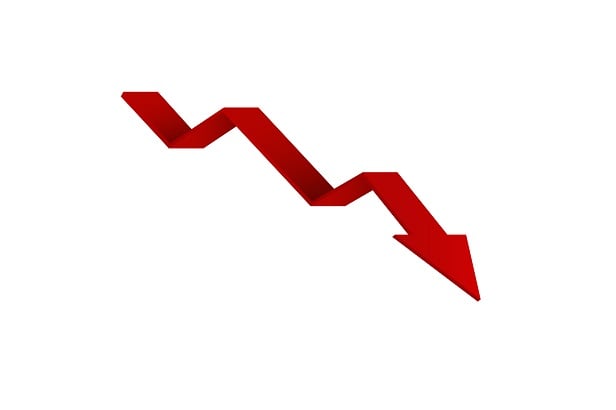A lot has been written about the demise of retail.
In April, UBS projected that 100,000 brick-and-mortar stores could close permanently by 2025, as online sales capture 25% of total retail sales.
The Fall 2020 Retail Spotlight Report from Colliers International backs this general sentiment, saying that the need for physical stores is likely to continue its downward trend well into the latter part of 2020. This will force retailers to take a closer look at how much space they actually need.
“The economic consequences for retailers’ brick-and-mortar stores and profit margins will push retailers to rationalize store occupancy numbers and location and consider cutting back on physical space,” according to The Fall 2020 Retail Spotlight Report.
Now, the rise of online sales and the effects of the pandemic is showing up in retail productivity. In 2014, the sales per square foot of retail came in at $396.2 per square foot, according to GlobalData analysis. By 2019, as online shopping had grown in popularity, sales per square foot fell to $382.9.
After COVID 19, there has been a dramatic drop in retail productivity. Sales per square foot of retail plummeted to $338.3 in 2020, according to The Fall 2020 Retail Spotlight Report.
With rampant layoffs and salary reductions, Americans have less money to spend on goods. When they do decide to buy something, they’ll be searching for a deal, according to
Consumers’ shift toward value first value was actually apparent in 2019—before COVID 19. Resale spending hit $29 billion last year, growing 25% faster than the broader retail sector, according to Colliers.
Still the shift towards value increased this year. In Q4 2019, the percentage of consumers trying to minimize spending by focusing on low prices was between 17.6% to 18.9%, according to a GlobalData analysis. In May 2020, this percentage jumped to 32.4 before falling slightly to 29.6% in July.
The trend toward resale accelerated in the past few months as ThredUp, Depop, Poshmark and Vestiaire Collective have boasted double-to-triple-digit growth. Colliers expects resale to overtake the traditional thrift and donation segment by 2024. By 2029, it expects resale to exceed $80 billion in value, which will outpace fast-fashion’s estimate of $43 billion.
“The number of consumers seeking deals or discounts to offset essential and non-essential purchases will likely persist,” according to The Fall 2020 Retail Spotlight Report. “Opportunities to offer premium products and services will be scarce, leaving room for mainstream retail to create value price points to attract customers.”
